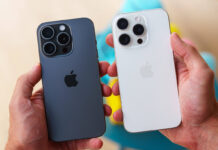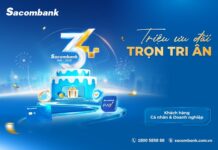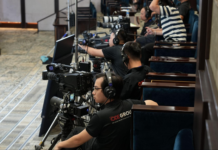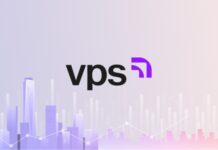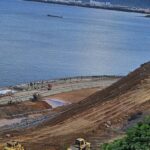
Mr. Ngo Binh Nguyen, Strategy Director of Orient Commercial Joint Stock Bank (OCB), shared his insights at the seminar on May 22, 2024.
|
At the seminar “Net Zero – Commitments and Actions for a Sustainable Future” held on May 22, 2024, Mr. Ngo Binh Nguyen, Strategy Director of Orient Commercial Joint Stock Bank (HOSE: OCB), shared his perspective as a green credit provider to businesses. From a strategic ESG (Environmental, Social, and Governance) perspective, the government and its ministries have laid out clear guidelines, criteria, and short, medium, and long-term goals for sustainable development.
While this provides a good understanding, practical implementation requires more support, especially in terms of ESG guidelines. This directly impacts businesses seeking green financing, as they need to demonstrate their commitment and effectiveness to financial institutions.
Banks approach green loans in the same way they would assess any other project loan. They consider the existence and nature of the business, the products it offers, and how it manages environmental risks, among other factors. However, for green loans, these environmental considerations carry more weight in the decision-making process.
Another crucial factor in lending decisions is the project’s effectiveness. Many green and sustainable projects struggle with achieving financial viability in the short term. To access bank financing, businesses must demonstrate a certain level of financial effectiveness, in addition to non-financial benefits.
This requires businesses to have a concrete plan when applying for green loans, incorporating ESG practices from the initial stages of their projects. For instance, in a real estate project, ESG considerations should be factored into the design, tender preparation, and implementation phases to ensure short- and long-term success.
When asked about the bank’s actions towards achieving Vietnam’s Net Zero target by 2050, OCB’s representative emphasized: “To become a ‘green bank,’ we must develop a green lending portfolio for our clients.”
This commitment extends to the bank’s branches and transaction offices, which are expected to conserve energy. The entire leadership team, board of directors, management, and staff are united in striving to achieve this goal.
OCB has a clear roadmap with specific initiatives planned for each quarter and year to ensure progress towards these objectives.
By Cat Lam


